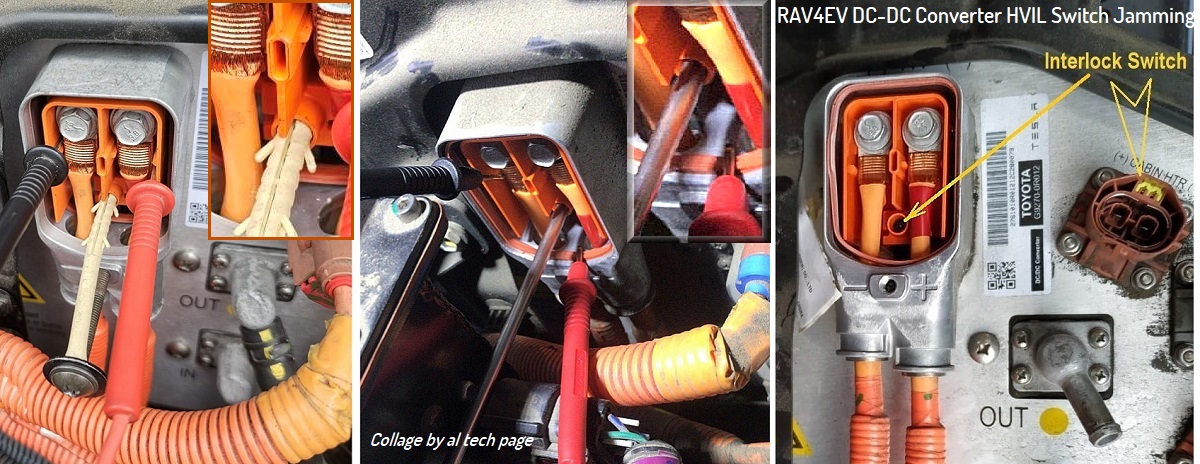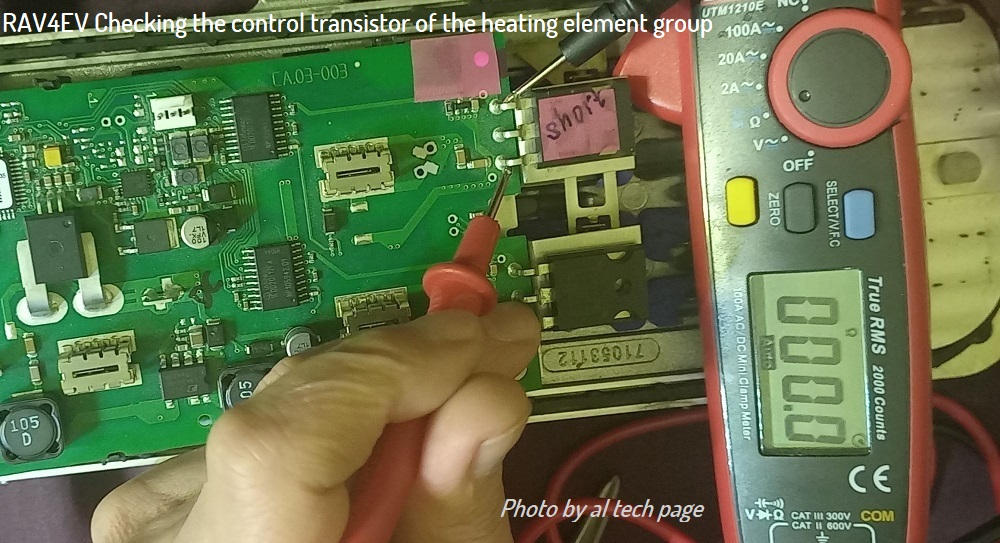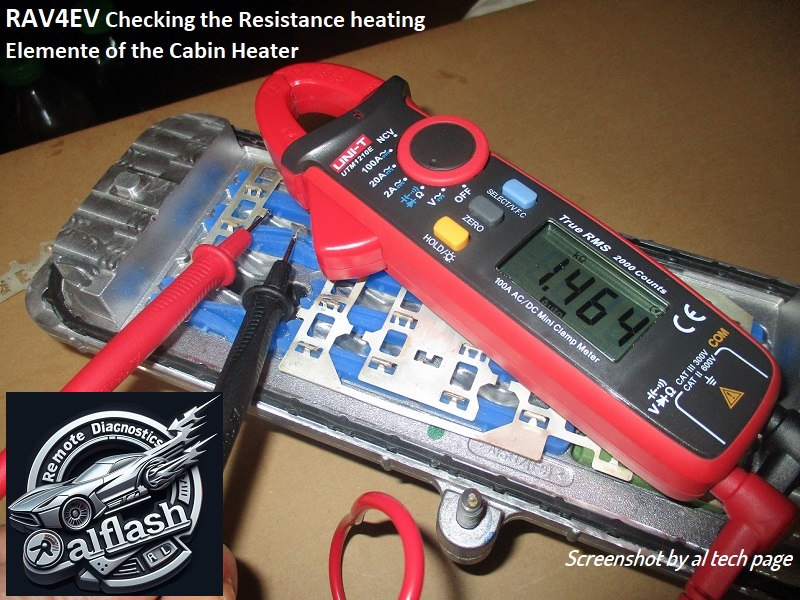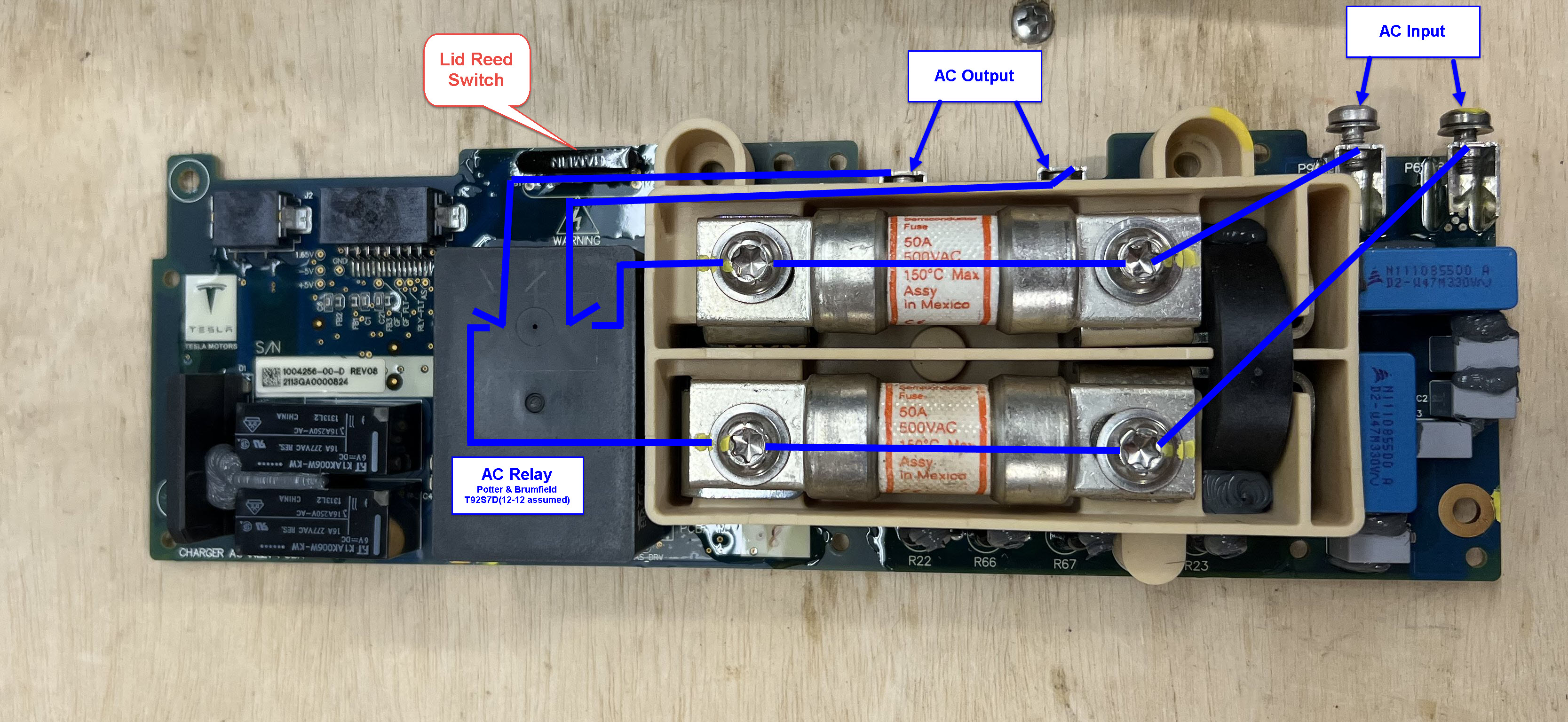Kind of a dumb question I think. How do I remove the transparent plastic cover to access the HV terminals?
I used an o-ring pick tool (the right-angle variety: so useful). Pack of four for like $2 at HF.

In practice, I use only the right one, but I use it a lot.
Through the hold-down hole.



































